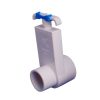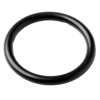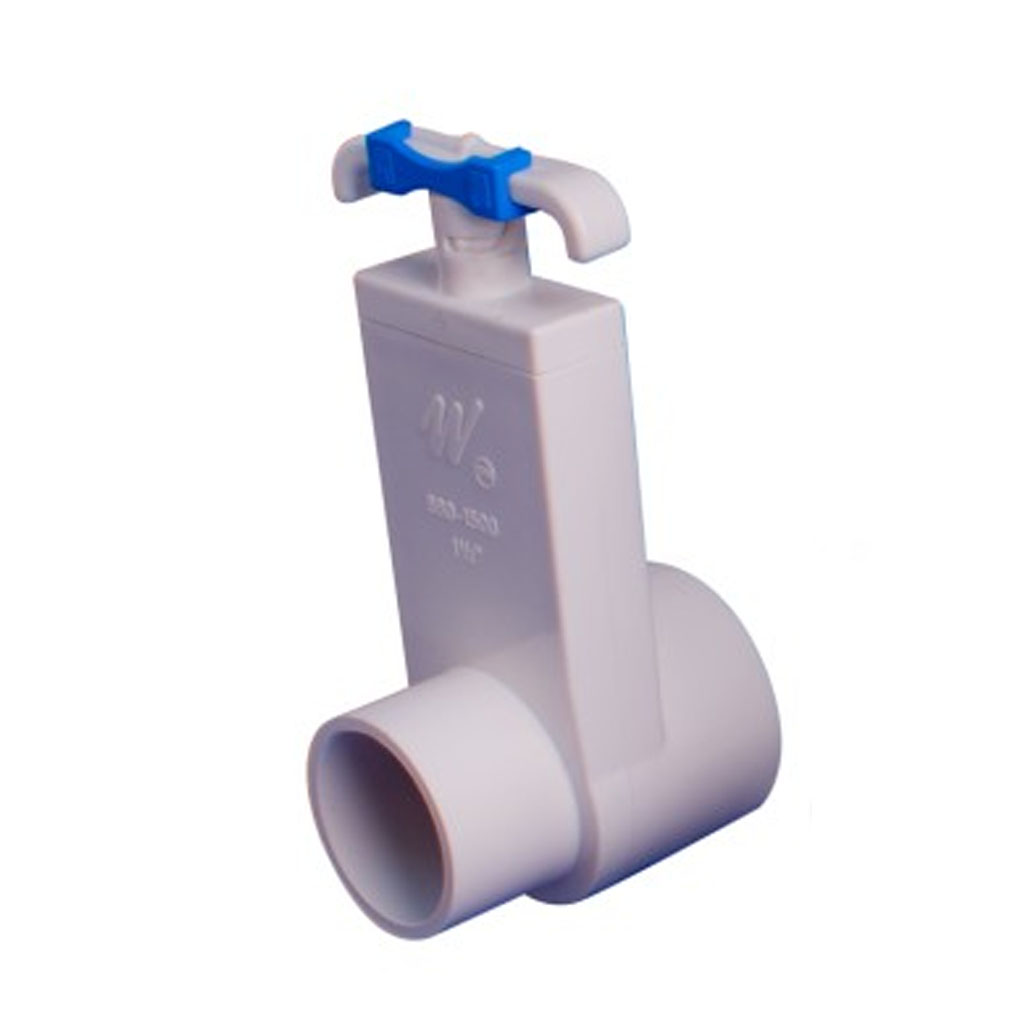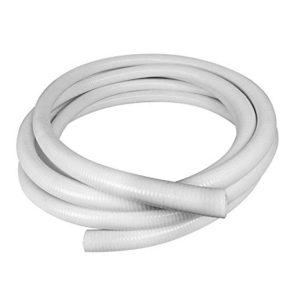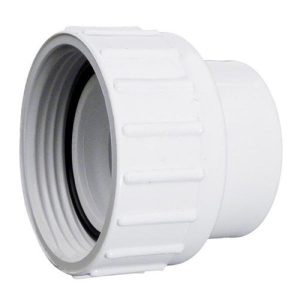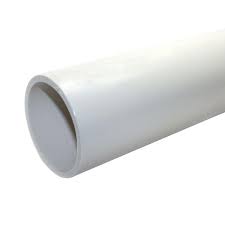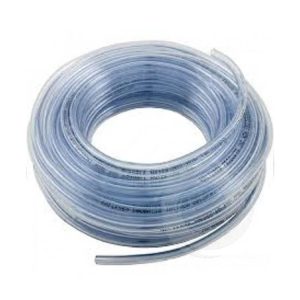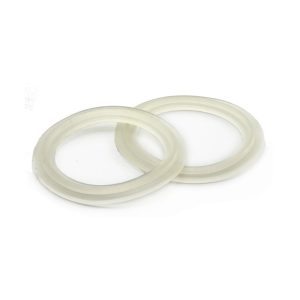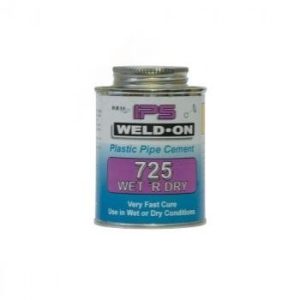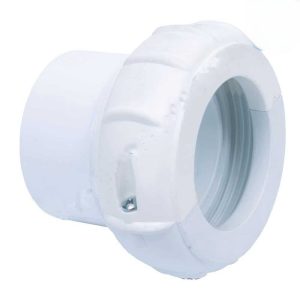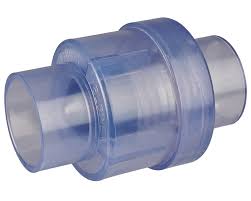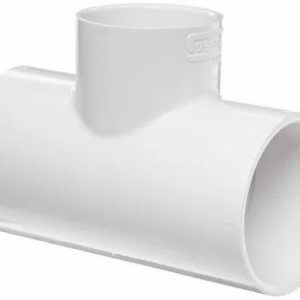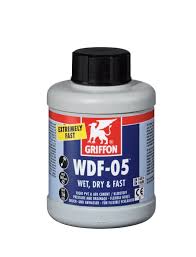1.5 inch Slide Gate Valve (S x Spg)
£7.95 Inc VAT
100 in stock
1.5 inch Slide Gate Valve: The Ultimate Control for Your Hot Tub Plumbing
Introduction
As a dedicated hot tub enthusiast and spare parts supplier, I’m excited to introduce you to the 1.5 inch Slide Gate Valve. This essential component is designed to give you precise control over your hot tub’s water flow, making maintenance and repairs a breeze.
Product Overview
The 1.5 inch Slide Gate Valve, manufactured by the reputable Las Water30, is a versatile and reliable shut-off valve that’s perfect for your hot tub plumbing needs. With its socket x spigot configuration, this valve offers seamless integration into your existing system.
Key Features
Effortless Control
The slide mechanism allows for smooth operation, giving you the power to easily regulate or completely shut off water flow in specific sections of your hot tub’s plumbing.
Durable Construction
Crafted from high-quality materials, this valve is built to withstand the harsh conditions of hot tub environments, including exposure to chemicals and varying temperatures.
Versatile Application
Whether you’re working with 1.5 inch rigid pipe or flexible rigid pipe, this valve is designed to fit perfectly, ensuring a leak-free connection.
Easy Maintenance Access
By installing this valve at strategic points in your plumbing system, you can isolate sections for maintenance or repairs without draining your entire hot tub.
Technical Specifications
To help you understand the product better, I’ve compiled a detailed specifications table:
| Specification | Detail |
|---|---|
| Type | Gate Valve / Slide Valve / Shut off valve |
| Manufacturer | Las Water30 |
| Configuration | Socket x Spigot |
| Size | 1.5 inch |
| Outer Length | 58mm |
| Outer Height | 170mm |
| Outer Depth | 82mm |
| Internal Diameter | 48mm / 41mm |
| Compatible With | 1.5 inch rigid pipe and 1.5 inch flexible rigid pipe |
Installation and Use
One of the standout features of this valve is its male/female fitting. This clever design allows you to fit it directly into a pump union without the need for additional pipework, saving you time and effort during installation.
The valve’s primary function is to isolate sections of pipework, which is invaluable for maintenance purposes. By strategically placing these valves throughout your hot tub’s plumbing system, you can easily access specific areas for cleaning, repair, or replacement without disrupting the entire system.
Why Choose This Valve?
- Quality Assurance: As a product from Las Water30, a trusted name in the industry, you can be confident in its performance and durability.
- Precision Control: The slide mechanism offers more precise control compared to traditional ball valves, allowing for fine-tuned adjustments to your water flow.
- Ease of Use: The straightforward design makes it simple to operate, even for those new to hot tub maintenance.
- Versatility: Its compatibility with both rigid and flexible pipes makes it a versatile choice for various hot tub setups.
- Space-Efficient: With its compact design, this valve won’t clutter your equipment area, making it ideal for tight spaces.
Conclusion
The 1.5 inch Slide Gate Valve is more than just a component; it’s a crucial tool in maintaining the health and efficiency of your hot tub. By providing easy access for maintenance and precise control over water flow, this valve can help extend the life of your hot tub and enhance your overall spa experience.
Investing in quality components like this valve is key to ensuring your hot tub remains a source of relaxation and enjoyment for years to come. Whether you’re a seasoned hot tub owner or new to the world of spa maintenance, this valve is an excellent addition to your hot tub system.
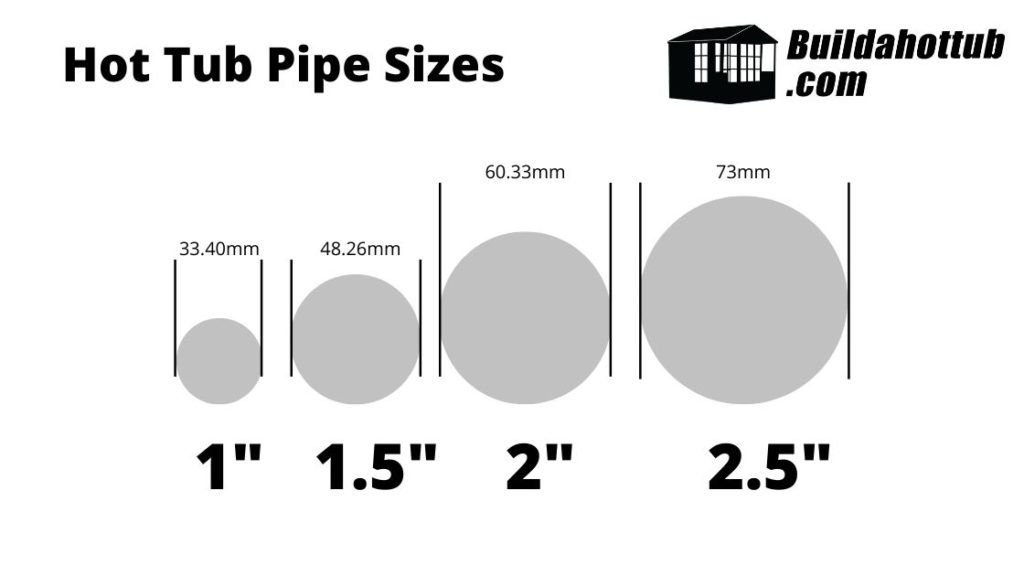
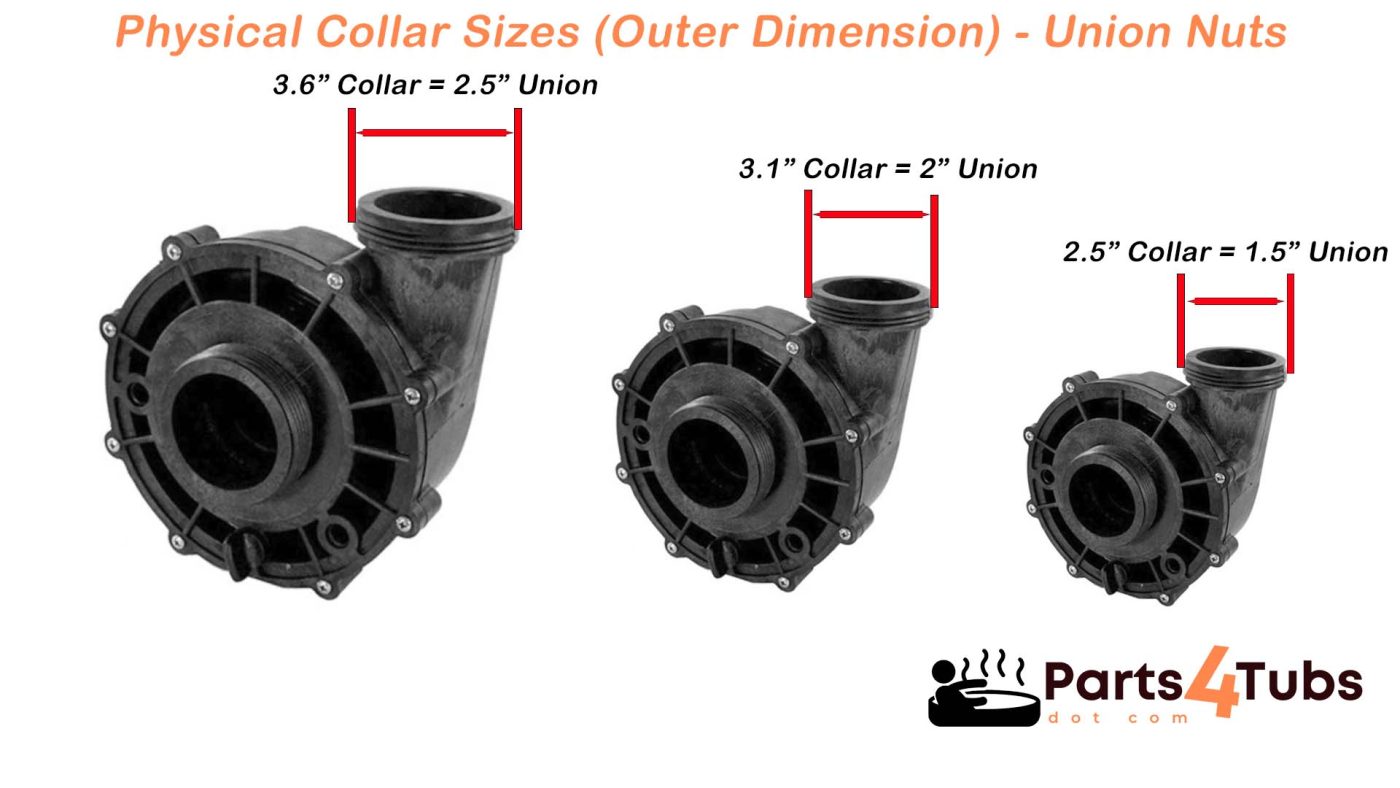
USA Imperial is the Standard
All hot tubs and their fittings are designed for USA standard of Imperial pipe. Would you believe that for example, a European 2.5″ pipe is different from a USA 2.5″ pipe – well it is and there is just over 2mm difference and it makes a huge difference as it doesn’t fit!
You must make sure that you are using American standard sized pipe – always worth checking with your supplier before you purchase.
Can I convert Metric pipe to Imperial?
Yes, you can convert metric pipe to imperial, usually there is a socket connection that will do that. However, what I would preface that with is really, the only reason you would want to do that is say if you have a long run of pipe between your control room and your hot tub. You cant easily get imperial pipe supply but you have found say 75mm pipe that would do the job.
In this instance, it would work to convert it down at each end.
However, what you cannot do (technically you can but it is a real mess to do so) is convert all of the pipework to metric using adaptors. Generally, this just doesn’t work, costs loads in just adaptors alone and the amount of joints means you are going to have some leaks!
What rating of pipe do I need?
Pipe is rated to different pressures. You must use pressure rated pipe on your hot tub build as it is a pressurised system. In general, any pipe that is rated to 130 PSI or 9 BAR can be used on a hot tub build. This is often referred to as Class C. Likewise, Class E which is rated to 15 BAR or 218 PSI is also commonly found on hot tub builds.
Anything less than 130 PSI or 9 BAR should not be used – the pipes are not waste water pipes that are commonly found in hardware stores. They must be pressure rated and you will see this printed on the side of all the pipe so there will be no confusion.
What about Schedule 40 Pipe?
The schedule number on pipe correlates to the thickness of the wall on the pipe: as the number increases, the thicker the wall thickness is. Also, what is interesting is that while the schedule number can be the same on different sized pipes, the actual wall thickness will be different.
However, for our DIY Hot Tubs, we would only opt for schedule 40 – schedule 80 would be an overkill.
We also only use schedule 40 pipe if it is being buried and there is considerable weight on it. What I mean by this is that you need the physical strength of the pipe to stop it being crushed and cracked. In most cases, regular pressure rated pipe is just fine.
Should I use Rigid or Semi-Flexible Pipe?
When I built my own hot tub, I opted for semi-flexible as I though that it would be a little more forgiving. It is, however it is now my experience that the fact it is forgiving, and I use that in a loosest of terms as it is still pretty rigid pipe, it is more likely to leak.
The reason that it is more likely to leak is that you can “force” the joint when there is a little bit of give in the pipe. If you force the joint as I have said many times on this blog and on my YouTube Channel, you are going to have leaks – and it did!
For that reason, wherever possible today I recommend that you use rigid pipe. You have to make a good joint and it has to be accurate. It is forcing your workmanship which you will benefit from in the long run. Rigid pipe is the way forward for your DIY Hot Tub build.
Support your Pipework
If you pick up a length of pipe, 2m/6ft, there is not a lot of weight in it at all. However, if you fill that same pipe with water, cap it off each end and try to lift it, you will notice there is a huge weight increase. Water is heavy. If you have long runs of pipe, you must support them. Whether this is in ground and they should be laid correctly with a gravel base or if it is on your hot tub, they should be tied and pinned to the block work.
If you dont support your pipes and they fill with water, you can put strain on the joints that over time, will work their way loose and leak. It only takes a couple of minutes to tie your pipes and support them and it will save a whole bunch of time and money on repairs in the future by getting this right from the start.
Making the perfect joint with PVC pipe cement.
On this blog and on my YouTube Channel I talk a lot about making the correct joints and that a well made joint doesn’t leak. So, how do you make a well made joint?
- Make sure when you cut the pipes you are cutting them at 90 degrees so they fit into the fittings correctly.
- Make sure you remove any rough edges from your cuts
- Ensure you are roughing up 3″ of the pipe with sand paper before you make the connection
- Apply PVC Pipe Cement to the pipe and the connection
- Twist the pipe or fitting as you are inserting it to prevent “channeling” which leads to leaks
- Make sure the pipe goes all the way into the fitting (always a good idea to mark the ideal depth you want to get to)
- Wipe off any excess pipe cement.
- Allow to cure for 4 hours for full strength
| Part# | 880-1500 |
|---|
You may also like…
Plumbing and Other
Plumbing and Other
Plumbing and Other
Related products
Plumbing and Other
3 quarter inch vinyl water pipe (per metre) (PLEASE SEE ADDITIONAL NOTES)
Plumbing and Other
Plumbing and Other
3/8 inch vinyl air pipe (per metre) (PLEASE SEE ADDITIONAL NOTES)
Plumbing and Other
Plumbing and Other
Plumbing and Other
Plumbing and Other
Plumbing and Other

